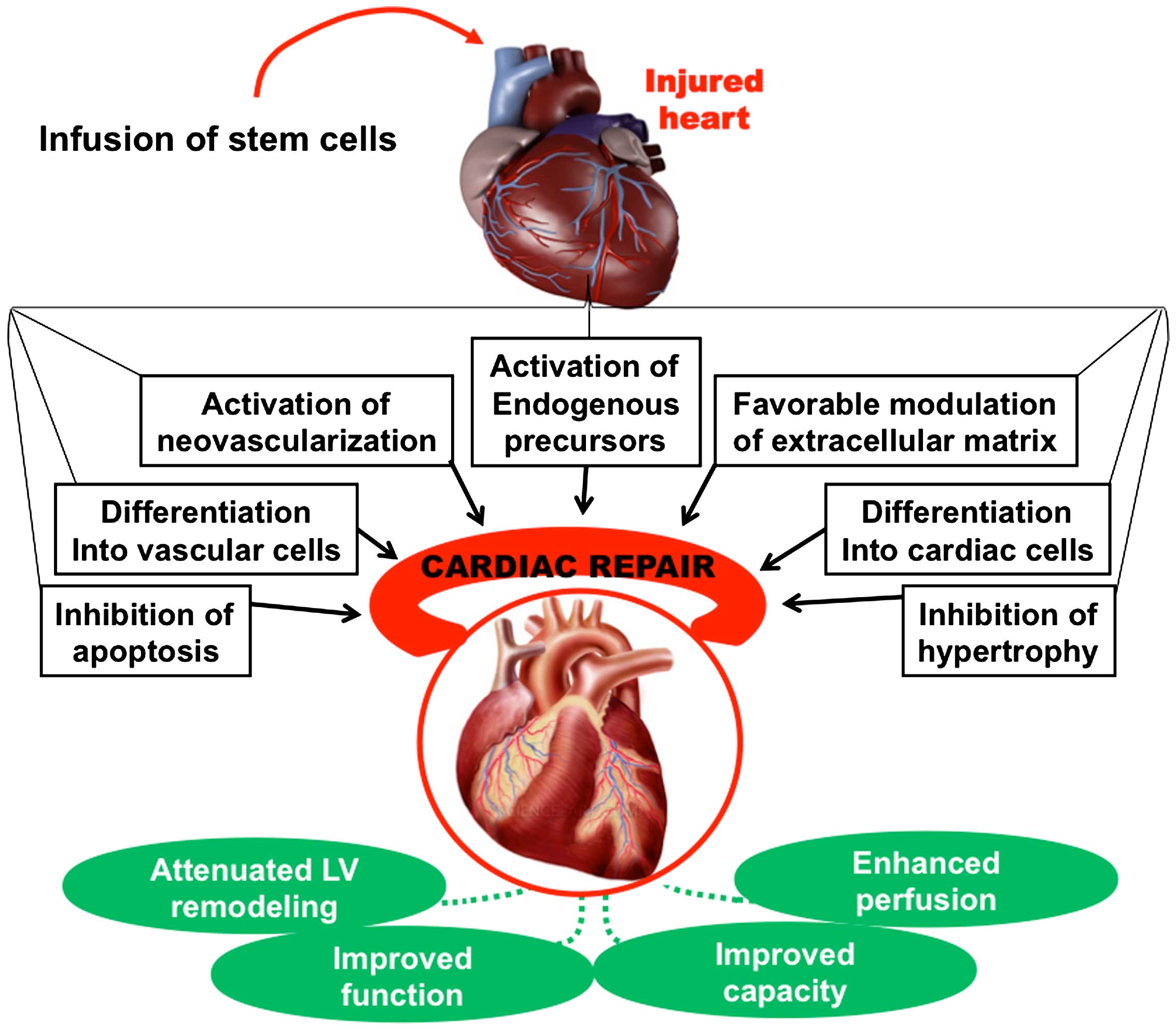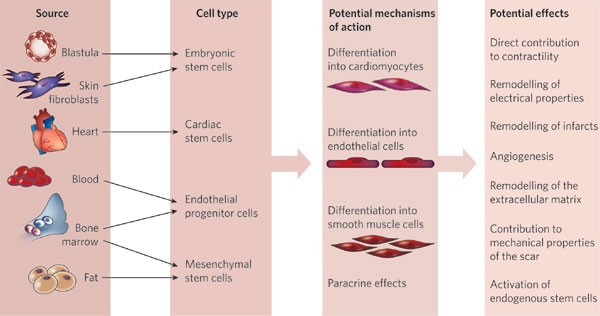Table of Contents
Damages to the heart muscular tissue from reduced blood circulation. Compromising of the heart muscular tissue. Traditional treatments take care of signs and symptoms and slow-moving disease progression however hardly ever address the origin issuedamaged heart tissue. This is where supplies brand-new hope, targeting the underlying damage and advertising long-lasting repair service. represent an advanced action in dealing with cardiovascular conditions.

At, we focus on an individualized strategy to. Our process includes: We begin by completely evaluating each patient's case history, existing heart feature, and overall wellness. This consists of advanced diagnostic imaging and testing to determine the extent of heart damages. Our team develops a tailored plan utilizing, morally sourced and prepared for optimum efficiency.
Lots of patients report much less exhaustion, improved breathing, and better physical endurance. By resolving the origin triggers, stem cell treatment decreases the danger of future cardiac occasions.
We combine stem cell therapy with corresponding therapies for comprehensive heart treatment. Every therapy strategy is personalized to deal with the unique requirements of each individual. Among the most common concerns we obtain is, While no therapy can assure complete reversal, have revealed substantial potential to repair broken cells, reduce inflammation, and improve total heart feature.
All about stem cell therapy for Peripheral Artery Disease
Heart illness is a leading root cause of in the USA and worldwide. In the US alone, almost 1 million people passed away due to heart disease in 2021 (one of the most current year for this info). Around the world, that number increases to 17.9 million annually. For many individuals, conventional therapies provide hope and aid.
Today, researchers concentrate on 2 major sorts of stem cells: grown-up stem cells and embryonic stem cells. While comparable, they're much from the same, and each has its benefits and drawbacks. Grown-up stem cells typically come from bone marrow, fat cells, and even straight from the heart. One benefit is that they can be collected from your very own body.
Adult stem cells are also simpler to gather and have fewer ethical worries. However there's a downside. They're not as functional as beginning stem cells. They aren't as able to develop into various kinds of cells, which can restrict performance when it comes to cells repair work. Beginning stem cells can transform into any type of cell, consisting of heart cells.

An additional worry is the possibility of developing lumps if these cells don't differentiate properly after implantation. The large inquiry is, does stem cell treatment in fact function for heart fixing?
Research results are mixed. While some patients see substantial advantages, others do not see much improvement at all. Researchers are still determining the most effective methods to supply the cells, guarantee they endure as soon as inside the body, and ensure they integrate properly with existing heart cells. One of the largest difficulties is cell survival and combination after implantation.
Breakthroughs in stem cell therapy for Heart Failure and what patients are saying
Also less manage to incorporate right into the existing heart tissue. For the treatment to be efficient, the brand-new cells need to get in touch with the old ones and begin working as part of the heart muscular tissue. But obtaining them to do that is difficult. Issues like swelling, immune being rejected, and the rough atmosphere of a damaged heart can all create problems.
It's something to obtain stem cell treatment to operate in a lab or a little clinical test; it's another to make it offered on a huge range. Making, storing, and delivering stem cells securely and effectively is logistically challenging at finest. Stem cell therapy is very encouraging, but it's not without drawbacks.
This is more of an interest in embryonic stem cells, however it exists also with adult cells. One more negative aspect is the expense. Stem cell therapy is costly, partially due to the intricacy of harvesting, growing, and providing the cells. Due to that price and the therapy's speculative nature, numerous insurer will not cover it.
In the last several years, there has been a significant advancement in stem cell treatment for cardiovascular disease. Can stem cell therapy cure cardiovascular disease? No, but utilized with your present heart problem regimen, it can improve your heart health and wellness and quality of life. Worldwide sixty-four million individuals are affected by cardiac arrest.
Does stem cell therapy support Heart Failure and what patients are saying
Doctors deal with cardiac arrest signs and symptoms in hopes of enhancing the client's high quality of life and stopping further complications. Medications like diuretics (to eliminate the liquid in the body), Beta-Blockers (lowering the pressure of the blood circulation and reducing the heartbeat down to lower blood pressure), and ACE Preventions (reduced high blood pressure by kicking back the capillaries and arteries) are used to deal with the symptoms of heart problem.
These require a surgery and a recovery time of approximately six weeks. While present therapies handle the signs of cardiovascular disease, they don't repair tissue damage or bring back the heart's function. There is no cure for cardiovascular disease. The concern continues to be, can stem cells heal cardiovascular disease? Stem cells can not cure heart problem, but they can invigorate the heart muscle mass and boost the ejection fraction (the amount of blood the heart pumps with each beat) on the heart's left side.
Navigation
Latest Posts
How to access stem cell therapy for Arrhythmias
Stem cell injections for Atherosclerosis — what to expect
Regenerative support for High Blood Pressure that uses stem cells